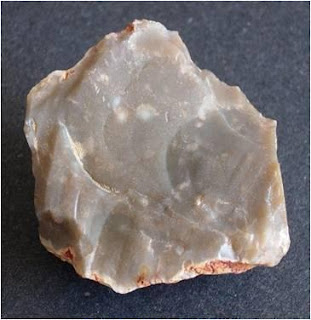The Formation Of Igneous Rocks...
Igneous rocks are also very important because their mineral and chemical makeup can be used to learn about the composition, temperature and pressure that exists within the Earth’s mantle. They can also tell us much about the tectonic environment, given that they are closely linked to the convection of tectonic plates.
In essence, igneous rocks are
formed through the cooling and solidification of magma
(or lava). As hot, molten rock rises to the surface, it undergoes changes in temperature and pressure that cause it to cool, solidify, and crystallize. All told, there are over 700 known types of igneous rock
, the majority of which are formed beneath the surface of the Earth’s crust. However, some are also formed on the surface as a result of volcanic activity.
Those that fit into the former category are known as intrusive (or plutonic) rocks, while those that fit into the latter are known as extrusive (or volcanic) rock. In addition to these, there is also hypabyssal (or subvolcanic rock), a less common form of igneous rock that is formed within the Earth between plutonic and volcanic rocks.






